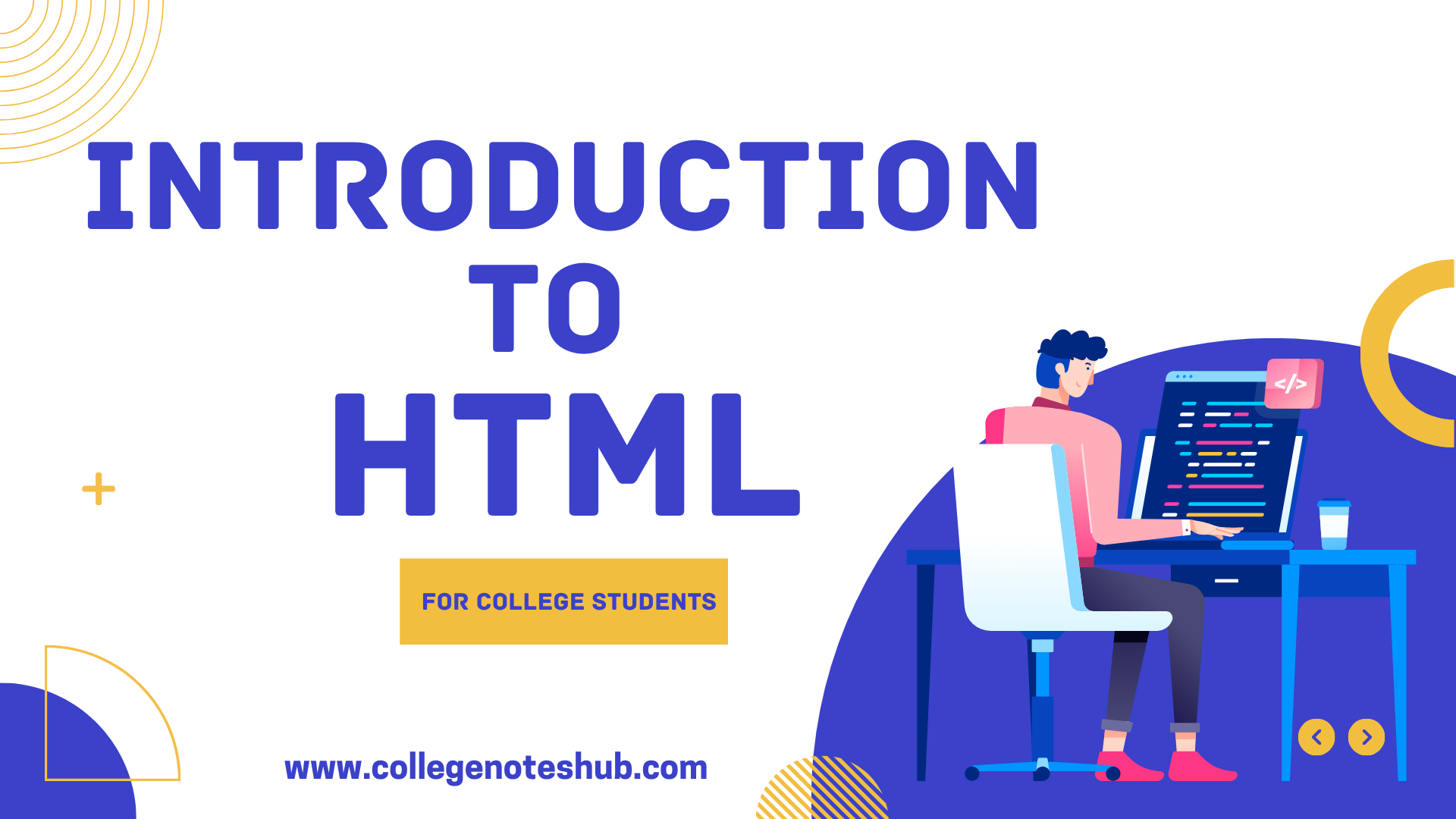HTML (HyperText Markup Language) is the foundation of all web pages. It defines the structure and appearance of content on the internet. Every website you visit is built on HTML, making it a crucial language for web development. Understanding the basics of HTML is essential whether you’re designing a simple blog or developing complex web applications. In this article, we’ll explore the structure of an HTML document, various markup tags, and the significance of HTML domains.

Structure of an HTML Document
An HTML document has a simple, standardized structure that browsers use to interpret and display content. It consists of several key elements that frame the entire web page:
<!DOCTYPE html>: This declaration tells the browser which version of HTML is being used. The latest standard is HTML5.<html>:The root element that wraps everything on the page.<head>:Contains metadata (data about the document), such as character encoding, the document’s title, and links to external resources like CSS or JavaScript files. The metadata inside head element is optional.<title>:Specifies the title of the web page that appears in the browser tab.<body>:Holds the visible content of the web page, such as text, images, links, and other elements.
Example of Structure :
<!DOCTYPE html>
<html>
<head>
<title>My First HTML Page</title>
</head>
<body>
<h1>Welcome to My Website</h1>
<p>This is a simple HTML page with headings and paragraphs.</p>
</body>
</html>Each of these elements plays a unique role in ensuring the correct display of content in the browser.
Importance of HTML Domains
- Domains are crucial because they act as addresses where websites are hosted.
- Even though domains are not technically part of HTML, understanding their role is important.
- Domains are used to access HTML files on the internet through URLs (Uniform Resource Locators).
- They ensure that the content you create in HTML is accessible to users across the globe.
- Domains also help manage website performance and security protocols like SSL (Secure Socket Layer), which is important for protecting users’ data.
HTML Mark-up Tags
Markup tags are the building blocks of HTML. They define the elements on a webpage and help organize content for readability and accessibility. Let’s explore some common and essential HTML tags:
1.Headings:
Headings help structure the content of your page. HTML has six heading tags (<h1> to <h6>), with <h1> being the largest and most important while <h6> is the smallest.
<h1>Main Title</h1>
<h2>Subheading</h2>
<h3>Sub-subheading</h3>2.Paragraphs:
Paragraphs are used to group sentences or blocks of text together. You can create a paragraph with the <p> tag.
<p>This is a paragraph of text on my webpage.</p>3.Line Breaks:
If you need to break a line within a paragraph or between sections, use the <br> tag.
<p>This is the first line</p>
<br>
<p>This is the second line</p>4.Bold and Italic Text:
The <strong> or <b> tag makes text bold, while the <em> or <i> tag italicizes text.
<p>This is
<b>bold</b> text and this is
<i>italic</i> text
</p>5.Hyperlinks:
Links are created with the <a> tag, allowing users to navigate to other pages or websites.
<a href="www.collegenoteshub.com">Click here to visit CollegeNotesHub</a>6.Images:
- The
<img>tag is used to embed images. - It includes an
srcattribute (source) to specify the image file - And
altattribute (alternative text) to describe the image for screen readers or if the image fails to load.
<img src="image.jpg" alt="A beautiful landscape">7.Lists:
HTML supports both ordered and unordered lists.
- Use
<ul>for unordered (bulleted) lists and <ol>for ordered (numbered) lists.
<ul>
<li>First item</li>
<li>Second item</li>
</ul><ol>
<li>First item</li>
<li>Second item</li>
</ol>8.Tables:
Tables organize data into rows and columns. Use the <table> tag to define a table, along with <tr> for rows, <th> for headers, and <td> for table data cells.
<table>
<tr>
<th>Name</th>
<th>Age</th>
</tr>
<tr>
<td>John</td>
<td>25</td>
</tr>
</table>9.Forms:
Forms allow users to submit information via the <form> tag, which includes input elements like text fields, checkboxes, and buttons.
<form action="submit">
<label for="name">Name:</label>
<input type="text" id="name" name="name">
<input type="submit" value="Submit">
</form>HTML is the providing the structure that holds content on the internet. By mastering basic tags such as headings, paragraphs, lists, and links, you can create functional and attractive web pages. Additionally, understanding the role of domains ensures that your HTML content is accessible worldwide. As you continue to explore more complex tags and features, you’ll be able to build more interactive and user-friendly websites. We’ll Discuss them in detail in the next posts..

